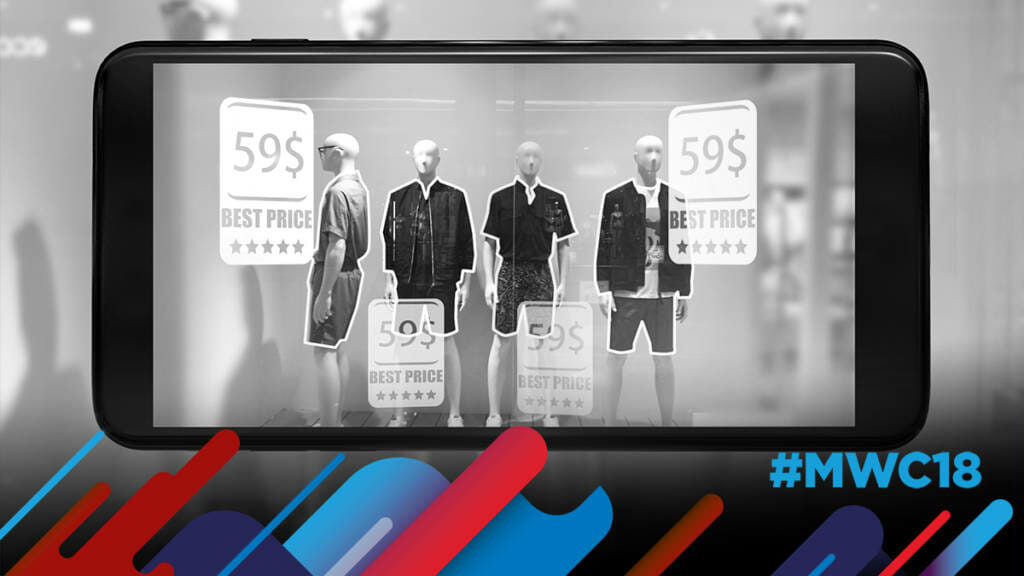Updates to Apple’s ARkit and Google’s anticipated ARCore launch at Mobile World Congress are creating a shift in the mobile marketing landscape. As mobile AR comes into focus, the medium is expected to generate $5.4 billion in direct consumer spending by 2021, according to new estimates by SuperData Research.
“The rise of mobile AR provides a valuable new medium for marketers to create experiences,” Carter Rogers, senior analyst at SuperData told AListDaily. “Apple’s ARKit and Google’s ARCore have expanded the addressable audience for high-quality mobile AR into the hundreds of millions.”
Investors have taken notice, especially following the success of mobile AR products like Pokémon GO, which has earned $1.8B since its launch in 2016. SuperData reports that investments in immersive technology grew 40 percent year over year in 2017, with 51 percent of the year’s total going to AR and mixed reality (MR).
This is good news for Google, which is planning a major push for mobile AR on Android devices at Mobile World Congress this year, sources told Variety. With the release of Google’s ARCore framework, third-party developers will finally get the green light to create mobile AR experiences for Android devices.
First announced in August, Google said it plans to bring ARCore to 100 million phones in the near future. In the meantime, AR stickers on Pixel phones are serving as a proof of concept.
Games drove 91 percent of mobile AR revenue in 2017, according to SuperData’s new report, Nowhere To Go But Up: The Future of XR. The cost of AR and MR headsets will remain high for the next few years, which shifts consumer interest to the smartphones already in their hands.
Targeted mobile ads proved particularly effective last year. Google AdWords delivered the highest ROI across both Android and iOS platforms in 2017. Just as brands took full advantage of Pokémon GO traffic, location-based advertising on mobile AR creates new opportunities for brands to get creative with personalization.
“Revenue from ads has the potential to be massive [on mobile AR],” said Rogers. “Roughly three in five mobile AR users want to see content featuring real locations and landmarks. This presents opportunities for location-based ads to be utilized in a similar manner to existing services like Yelp and Google Maps.”
According to SuperData’s report, locations and landmarks were by far the most requested element in mobile AR by consumers at 58 percent. The next most-requested element was “celebrities” at 24 percent.
Apple won’t be attending Mobile World Congress this year, but its own mobile AR efforts will be on indirect display through developers. A recent update allows ARkit to detect walls, vertical planes and improved horizontal plotting. The camera now displays real object in 1080p to match superimposed high definition AR objects, creating a more seamless mobile AR experience.
Worldwide spend on augmented reality (AR) and virtual reality (VR) is expected to hit $17.8 billion in 2018, a 95 percent rise from last year, according to research firm IDC, and the technology is expected to make a big appearance at MWC.

